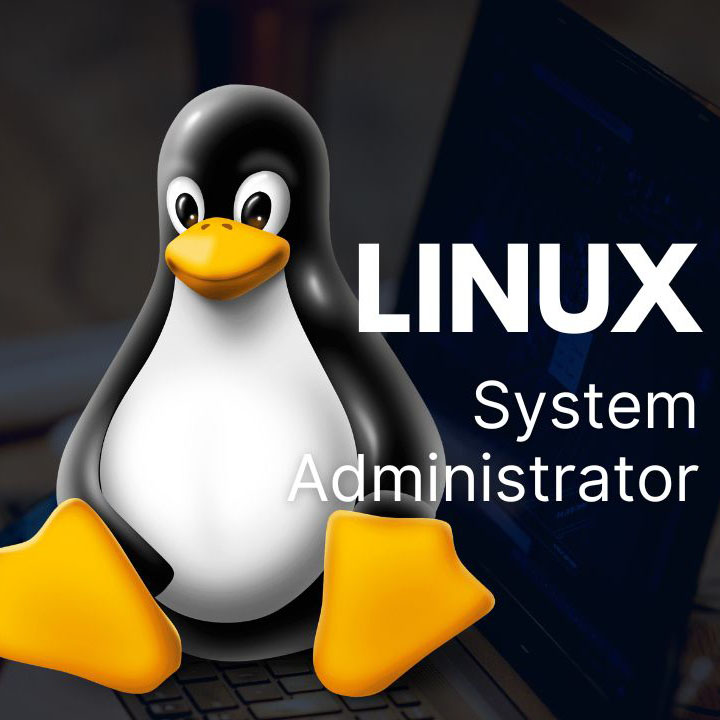Description
This course is designed to give you a comprehensive understanding of Linux from the ground up. This course will take you through the basics of Ubuntu Linux, from installation to customization, and then delve deeper into Linux command line interface (CLI) essentials and advanced usage, as well as development tools, web server setup, and network administration.
The course starts with an introduction to Linux, including what it is and the different Linux distributions available. Then, you will learn how to install Ubuntu Linux on your virtual machine and actual hard drive. After installation, you will customize the Ubuntu desktop to make it more user-friendly.
In the following section, you will learn about the Linux command line interface (CLI) essentials, including administrative privileges in the Linux terminal, using the package manager to install new applications, file permissions and ownership, and creating new directories and moving files. Additionally, you will learn about advanced CLI usage, including the FIND and GREP commands, using CRONTABS to schedule tasks, and configuring services using the command line.
Next, the course covers Linux development tools, including an introduction to integrated development environments (IDEs), GitHub, and how to set up and manage branches. Additionally, the course covers Meteor.js project, web server setup, host configuration, and app deployment.
The course also covers Linux user management, including adding, removing, and changing user passwords. Finally, you will learn about Linux network administration, including practical networking commands, an in-depth look at the Linux hosts file, and using ssh to access the command line of a remote host.
By the end of this course, you will have a solid understanding of Linux and the skills necessary to administer Linux systems effectively. This course is perfect for beginners who are interested in learning about Linux and for those who want to expand their knowledge of Linux system administration.








